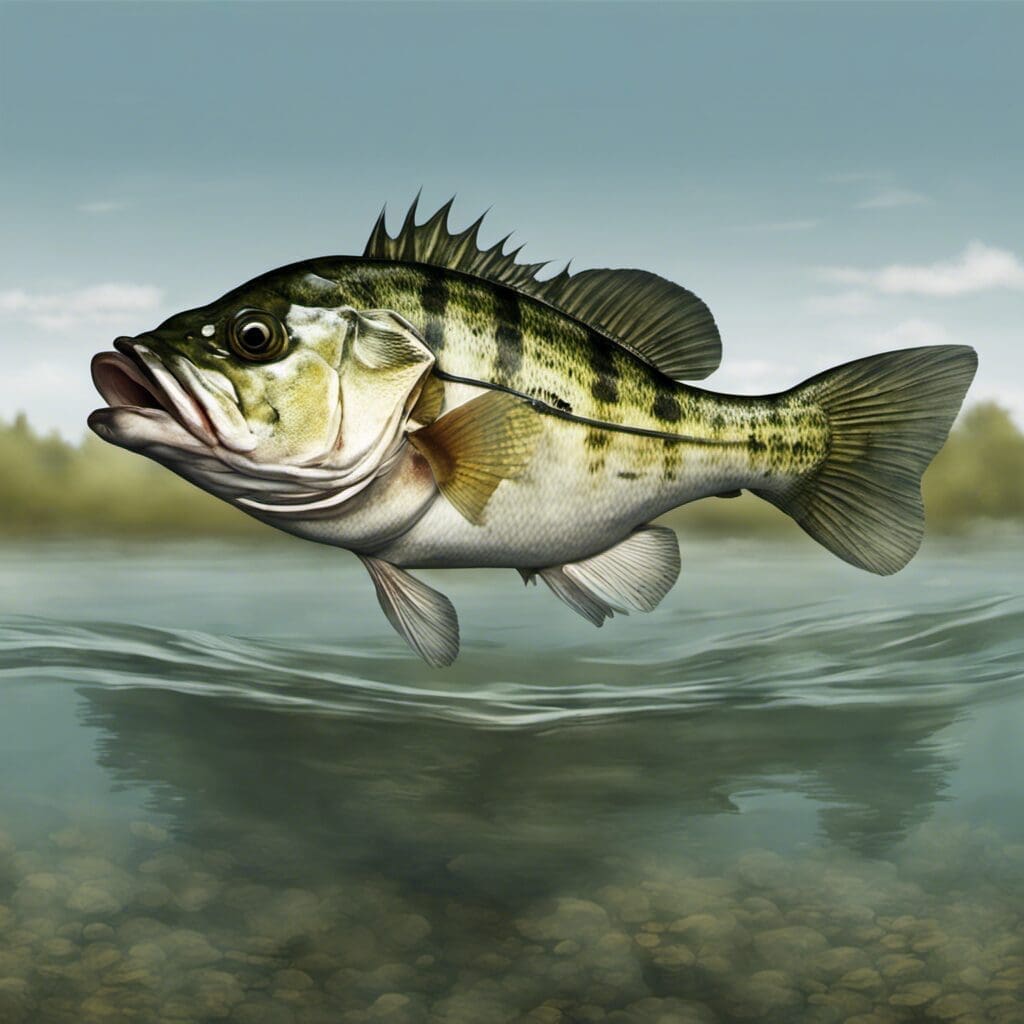Introduction
The Guadalupe Bass (Micropterus treculii) is a member of the sunfish family, Centrarchidae. They are a species of black bass and an endemic to the US state of Texas where they inhabit the freshwaters of the Hill Country.
Conservation Status
The Guadalupe Bass is designated as a threatened species in Texas due to habitat loss caused by a number of factors including urbanization, impoundments, and interspecies hybridization.
Statistics
| Stat | Average | Range |
|---|---|---|
| Length | 12 inches | 8-14 inches |
| Weight | 1 lb | 0.5-3.5 lb |
| Average Lifespan | 7-8 years |
Distribution
The Guadalupe Bass is native to the state of Texas, USA. It has been primarily found in the San Antonio, Guadalupe, Colorado, and Brazos river systems. They are quite sedentary and do not undertake any known migrations.
Habitats
The Guadalupe Bass inhabits freshwaters and is found in rivers and streams of the Texan Hill Country. They prefer clear, fast-flowing, small to medium rivers with rocky substrates. Temperatures of their habitats typically vary between 5-27 degrees Celsius.
When and Where to See
Guadalupe Bass can be spotted year round, with increased activity in the warmer months of March through October. They are primarily nocturnal but can be active during early morning and late evening hours.
Best Fishing Locations
Fly fishing in the clean, clear waters of Texas Hill Country can excel for these elusive bass.
- Llano River
- South Llano River
- Guadalupe River
- San Marcos River
- Blanco River
- Gorman Creek
- James River
- Hydes Creek
- Honey Creek
- Cypress Creek
How to Catch
Their predatory nature makes them a prime target for fly fishers. Small minnows, night crawlers or insects could be used for live bait, whereas artificial baits could range from small spinners and spoons to plugs and jigs.
Identification Guide
The Guadalupe Bass closely resembles the Smallmouth Bass (Micropterus dolomieu). The key distinguishing feature of the Guadalupe Bass is that they have a greenish coloration which becomes darker towards the top and lighter towards the belly.
Culinary
Guadalupe Bass is comparably leaner than other bass species, leading to a milder, less rich taste. Its filet is white, firm and has a delicate flavor.
Additional Information
Guadalupe Bass readily feed on a variety of prey, including insects and small fish.
Predators and Threats
These include larger fish species and bird of prey. Hybridization with Smallmouth Bass is a significant threat.
Cultural/ Historical Significance
In 1989, the Guadalupe Bass was named the official state fish of Texas.
References and Further Reading
More detailed information about Guadalupe Bass can be found in the studies conducted by Texas Parks and Wildlife Department, the American Fisheries Society, and the International Game Fish Association.Texas Parks and Wildlife Department.
American Fisheries Society.
International Game Fish Association.

